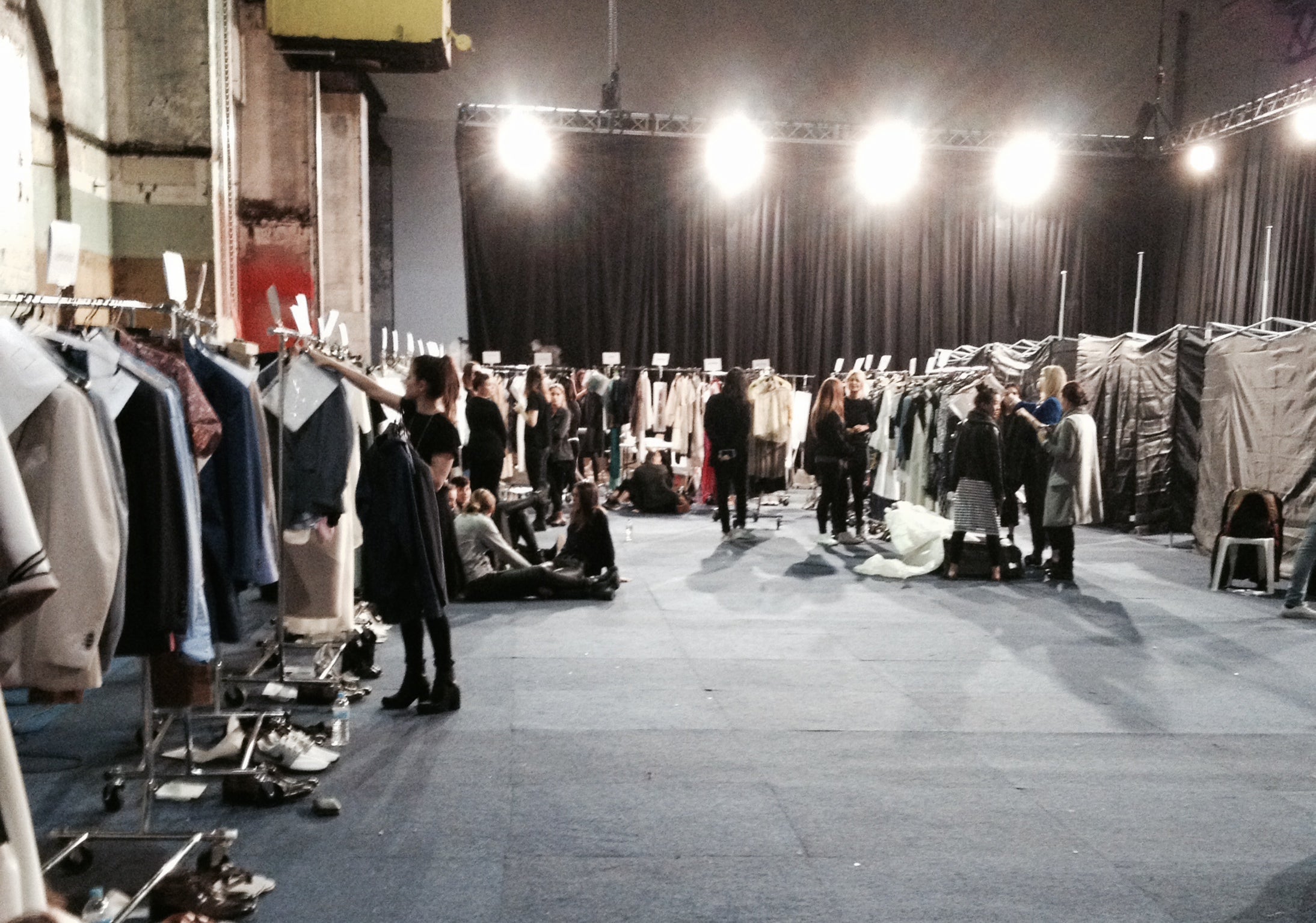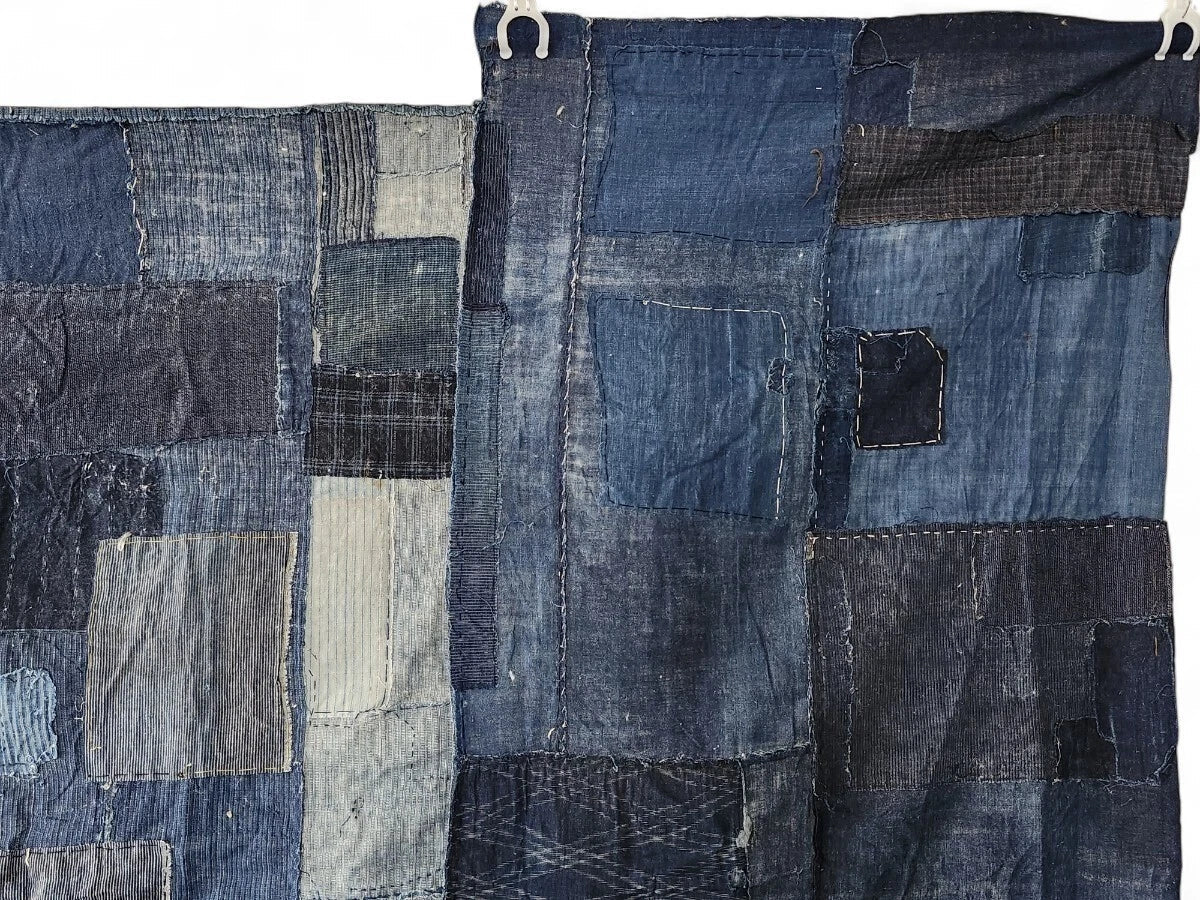Article: Fashion Month, Everywhere: The Highlights That Actually Stuck

Fashion Month, Everywhere: The Highlights That Actually Stuck
Fashion Week isn’t one city or one runway—it’s a conversation that moves from New York to London, Milan, Paris, and farther out to Copenhagen, Tokyo, and Seoul. This season’s takeaway? Craft leads, materials matter, and clothes are being designed to be lived in—not just photographed. Here’s a clear, bias-free read on what stood out worldwide, with a few tips on how to watch smarter.
 1 · New York: Wardrobe Realism with Bite
1 · New York: Wardrobe Realism with Bite
New York continues to refine the idea of a “working wardrobe.” Think aerodynamic tailoring with softer shoulders, modular separates, and day-to-night pieces that skip costume drama in favor of proportion play (length, volume, layering). Utility pockets and adjustable ties keep showing up—less military, more urban toolkit.
- Why it sticks: It’s fashion that respects your calendar—meetings, galleries, late dinners—and still feels current.
- What to look for on streams: Seam finishes and fabric hand; most NY collections reveal their quality in close-up shots.

2 · London: Ideas, Texture, and Risk
London remains the lab. You’ll see experimental textiles, unexpected surface treatments, and styling that toys with archetypes (school uniform, club kid, Savile Row) without being literal. Knitwear keeps evolving—spliced panels, airy gauges, hand-finished edges—and there’s real ingenuity in upcycled fabrics that don’t read as “craft project.”
- Why it sticks: Concept with wearability. The best looks move from runway to real life with only minimal edits.
- Watch-for: Knit densities, repaired seams as design, and inventive casting that tells a story.

3 · Milan: Material Discipline and the Power of Restraint
Milan’s strength is still fabric. The season’s most memorable moments were about texture—matte suiting with a dry hand, liquid silks, precision leather, and whisper-light cashmeres. Color is controlled: bone, tobacco, ink, with a single contrast note (chrome, coral, verdigris) to shift the mood.
- Why it sticks: Longevity and cut. Clothes that improve with wear are the quiet luxury people actually use.
- Watch-for: Collar shapes, lapel width, and the fall of the hem—micro-adjustments = macro effect.

4 · Paris: Emotion + Engineering
Paris marries feeling with structure. Drapery sits next to architectural outerwear; satin bias slips meet rigorous suiting. Footwear shows a disciplined return to function (lower heels, stable platforms) without losing silhouette poetry. Accessories: sculptural bags sized for daily life, not just the red carpet.
- Why it sticks: The body is honored—pieces move with you, not against you.
- Watch-for: How garments behave in motion: stride, seat, and sleeve rotation are as important as the static look.

5 · Copenhagen, Tokyo, Seoul: Sustainability, Subculture, Speed
Copenhagen keeps pushing responsible design—tracing materials, extending product life, and styling that proves “green” can be elegant. Tokyo refines subculture codes (workwear, techwear, kawaii subversions) with exquisite pattern cutting. Seoul brings speed and polish—sharp lines, smart knits, and beauty looks that will be everywhere in a month.

6 · The Big Themes (Across Cities)
- Craft-forward tailoring: Weaving, braiding, and hand-stitched details are integrated—not tacked on.
- Fluid menswear: Easier trousers, longline shirts, soft knits; suiting with mercy.
- Smart materials: Natural fibers lead; technical blends show up in linings and interfacings for comfort.
- Wearable heights: Lower heels, broader bases, flexible soles—movement matters again.
- Quiet color: Bone, sand, slate, tobacco, midnight—the palette of a long wardrobe.
7 · Staging & Format: Intimacy Over Spectacle
Micro-venues and daylight rooms outshone mega-sets. When you stand close to the garment, you notice handwork: a braided strap, a hand-rolled hem, a leather edge finished just so. Expect more presentations where you can walk around the look rather than watch it speed by.

8 · How to Watch Like an Editor (Even from Your Sofa)
- Do a first pass for silhouette. Note lengths, volumes, and balance (top vs. bottom).
- Second pass for materials. Matte vs. sheen, drape, weight—how they photograph and how they’ll live IRL.
- Third pass for handwork. Zoom: seams, bindings, braids, embroidery placement, leather edges.
- Make a reference folder. Sort by “outerwear / tailoring / knit / dress / accessories.” Trends emerge fast.
9 · Street Style: From Peacocking to Personal Uniforms
Outside the venues, there’s a noticeable pivot to minimal uniforms: crisp shirts, soft suiting, monochrome knits, a sharp bag, and a statement shoe. The best looks aren’t louder; they’re clearer. Comfort is a feature, not an afterthought.

10 · Care, Longevity & Why That Matters
There’s a quiet consensus: the future of “luxury” is longevity. Designers are putting time into cuts that age well and materials that feel good after the 30th wear. Repair culture—visible mending, resoles, re-dyes—is no longer niche; it’s baked into styling and brand storytelling.
Espíritu’s Take
We build for exactly this moment—where craft meets movement. Our huarache sandals are breathable, flexible, and quietly confident, made to stand through shows, walk between venues, and still look right at dinner. Mexico’s Fashion Week is around the corner, and we’re excited to see how our city interprets these global currents.
Question for you: to what show will you be taking your espíritus?


